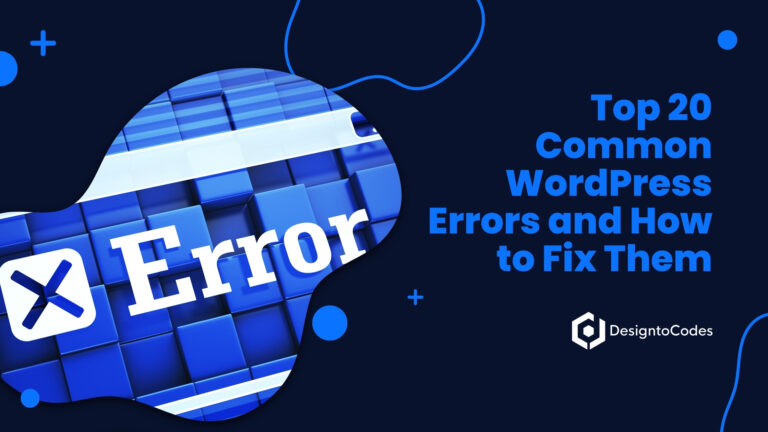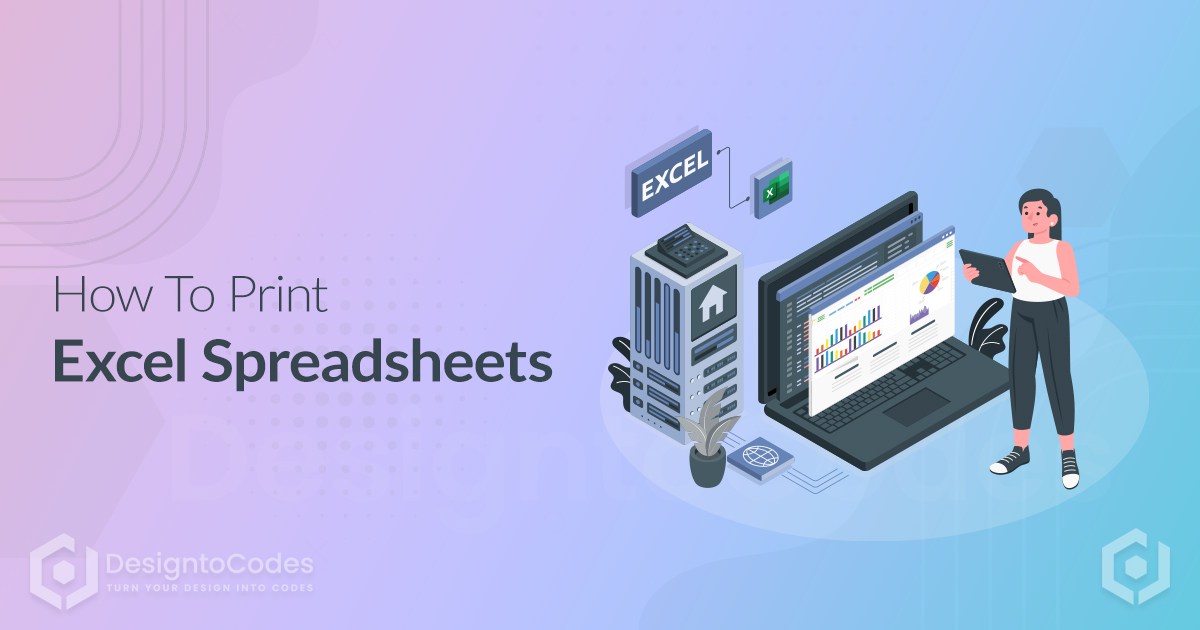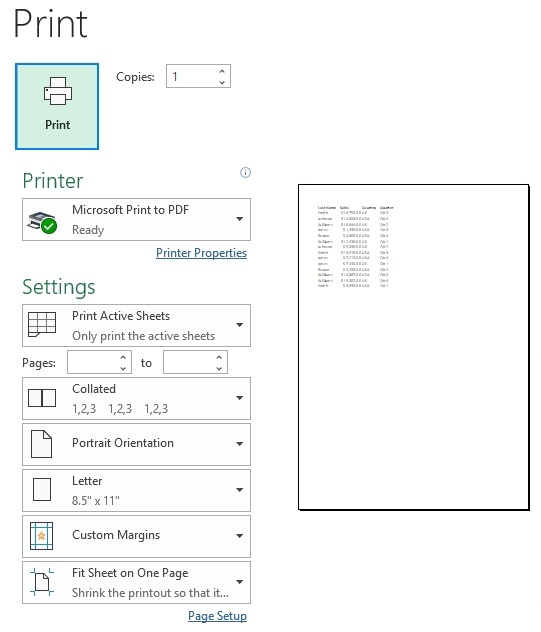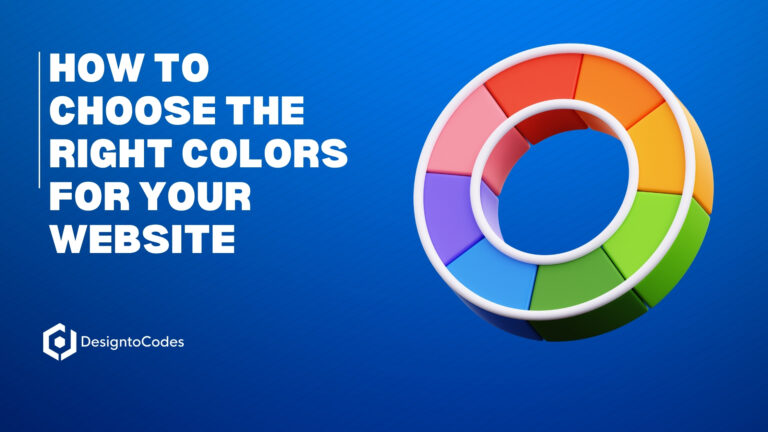
How To Print Excel Spreadsheets
Welcome to the ultimate guide on how to print Excel spreadsheets! If you’re looking to optimize your printing process and create professional-looking documents, you’ve come to the right place.
In this article, we will explore various tips, tricks, and best practices to help you print your Excel sheets flawlessly.
So, let’s dive right in and unleash the full potential of your Excel printing capabilities!

Understanding Excel Spreadsheets
Before we dive into the printing process, it’s essential to understand the structure of an Excel spreadsheet. Spreadsheets consist of rows, columns, and cells where data is entered and calculated. Each sheet in an Excel workbook can contain multiple cells, and these sheets can be interconnected with formulas and references.
How to Prepare Excel Spreadsheets for Printing
Learn how to print Excel spreadsheets efficiently with our step-by-step guide on “how to print Excel spreadsheets.”
Adjusting Page Setup
Before you hit that print button, ensure your page setup is optimized for printing. Go to the “Page Layout” tab, where you can set the page orientation, adjust margins, and select the appropriate paper size. Be cautious of narrow margins, as they might cut off important content when printing.
Check Print Preview
Always preview your spreadsheet before printing to avoid unpleasant surprises. Click on “File” and then “Print Preview” to see how the sheet will look on paper. This helps you catch any formatting issues and adjust accordingly.
Print Area Selection
If you have a large spreadsheet but only need to print specific parts, consider defining a print area. Highlight the cells you wish to print, go to “Page Layout,” and choose “Print Area” followed by “Set Print Area.” This ensures that only the selected cells will be printed, saving both time and paper.

To learn how to print an Excel sheet with rows and columns, follow these steps.
Fine-Tuning Your Print Settings
While mastering ‘how to print Excel spreadsheets‘ you should learn this:
Scaling Options
In certain cases, your Excel sheet might be too large to fit on one page. To overcome this, go to “Page Layout” and adjust the scaling options. You can scale the sheet to fit on one page or specify the number of pages wide or tall you’d like it to span.
Headers and Footers
Customizing headers and footers is essential for a professional-looking printout. You can add page numbers, document titles, or other relevant information to ensure that the printed sheets are well-organized and easy to reference.
Printing Gridlines and Row/Column Headings
Gridlines and row/column headings provide clarity and context to your data. If you want to include them in your printout, go to “Page Layout,” click on “Sheet Options,” and select “Print” under the “Gridlines” and “Headings” sections.
Using Print Area and Page Break Preview
Adjusting Page Breaks
If you want to control where Excel inserts page breaks, use the “Page Break Preview” feature. It allows you to drag and adjust page breaks, ensuring that your data is presented logically on printed pages.
Repeating Rows and Columns
In situations where your Excel spreadsheet spans multiple pages, you may want to repeat certain rows or columns on each printed page. This feature ensures that important headings or labels are consistently visible, making it easier for readers to navigate the document.
Tips for Printing Large Datasets
Optimize Formatting for Printing
Printing large datasets can be challenging, but with a few formatting tweaks, you can improve readability. Avoid overcrowding the sheet and consider using conditional formatting to highlight essential data points.
Use Charts and Graphs
Charts and graphs are excellent tools for summarizing large sets of data visually. Including them in your printout can make complex information more digestible and engaging for your audience.
Troubleshooting Printing Issues
Check Printer Settings
Before blaming Excel for printing problems, ensure that your printer settings are correct. Double-check the printer connection, ink or toner levels, and paper tray settings.
Dealing with Page Breaks
Occasionally, page breaks can create awkward splits in your printed document. Adjust them using “Page Break Preview” as mentioned earlier to avoid this issue. Hence you need to be an expert at ‘how to print Excel spreadsheets‘.
Fixing Alignment Problems
If you notice misalignment issues during printing, review your formatting and cell properties. Adjusting column widths and row heights can help ensure that data appears correctly on the printed page. Enhance Your WordPress Website’s Security: Best Practices and Tips.
FAQs
How can I print only specific rows and columns from my Excel sheet?
To print an Excel sheet with columns and rows, select the desired cells, set the print area, and adjust the print settings accordingly.
Can I add my logo to the printed Excel sheets?
Yes, you can add a logo or any other image to the header or footer section of your printed Excel sheets.
Why do my printouts look different from the on-screen view?
Print settings, such as page layout, scaling, and orientation, can affect how the content appears on paper compared to the on-screen view.
Is there a way to print comments without displaying them on the sheet?
Yes, you can choose to print comments along with the sheet without displaying them on the screen by adjusting the print settings.
Can I print a large spreadsheet on a single page?
Depending on the data size and the paper size, you can adjust scaling options to fit a large spreadsheet on a single page for printing. Follow our guidance for how to print Excel spreadsheets step by step.
Conclusion: How To Print Excel Spreadsheets
Printing Excel spreadsheets can be an art form in itself, but with the right knowledge and techniques, you can produce impressive results every time. From adjusting page setup to troubleshooting printing issues, this guide covered various aspects to help you master the art of how to print Excel spreadsheets. Remember, a well-printed document can significantly impact how your data is perceived and understood, so invest time and effort in perfecting your printing process.
With these tips in mind, you are now equipped to leave other websites behind with your exceptional English content. Happy printing!
- Categories: Reading
Share This Post
Subscribe To Our Newsletter
Get More Update and Stay Connected with Us





